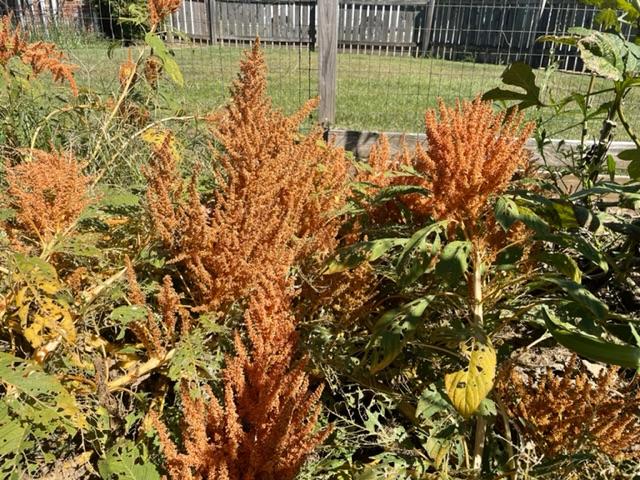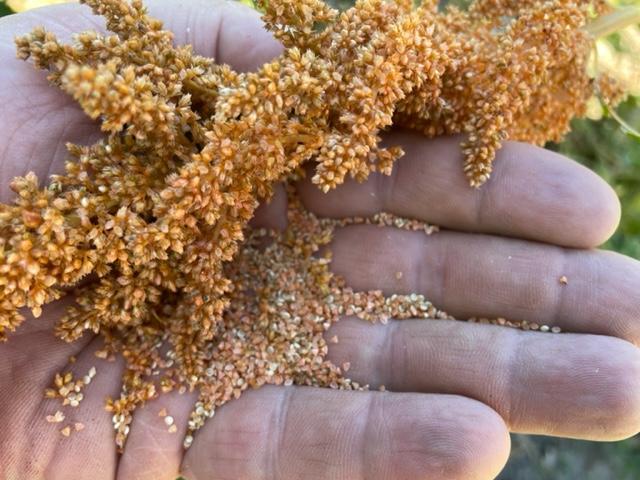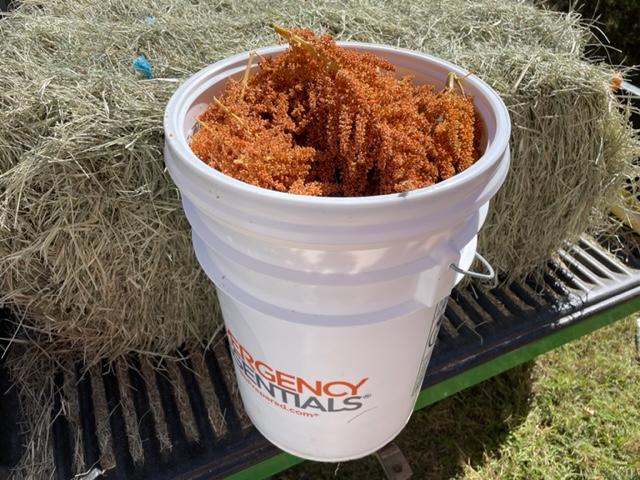Livestock for prepping
There seems to be a common belief that keeping certain classes of livestock will insure a source of food (or transportation) when SHTF. I’m an old lady, I’ve kept pretty much every class of livestock in my goal to be “self sufficient”, and I have a different perspective. Let’s look at bugging out with livestock, supply chain disruptions for feed and supplies, predation, types of livestock, and sort out whether maintaining livestock REALLY makes us independent, or does it become an anchor around our neck when we need extreme mobility and lack of distraction.
1. Chickens: EVERYBODY loves chickens and thinks they’re an ace in the hole when SHTF. First of all, let’s look at the avian flu epidemic that is affecting private flocks. 30+ chickens and ducks were just destroyed in our county. There are undoubtedly more that haven’t been reported. They were probably free range. It is unlikely that most chicken owners can grow their own healthy food for modern layers and meat birds (there’s an element of decades of breeding for high performance or exhibition that makes modern chickens different from those of the WWI era). So owners are highly dependent on supply chains. Feed is hard to stockpile because it can easily go bad or become rat infested. Bedding is also subject to supply chain disruptions and inflation. Bagged wood shavings can also be affected by the lumber market. Around here, shavings were hard to get during the pandemic because the mills were all shutting down. Predation can bring death and destruction to a flock overnight. Oh, and the deep orange of homegrown eggs, to which is ascribed health benefits, is the result of feed compounders adding marigold extract – a dye – to the feed. It isn’t green grass and worms and sunshine.
2. Livestock and Evacuation: The overarching concern for ALL livestock owners is evacuation. When our county was evacuated due to wildfires in 2020, there was a Facebook network called Cowgirl 911 which coordinated livestock owners with those willing to help transport. That was the most appalling experience of a lifetime, seeing people pleading desperately for help transporting their chickens, pigs, goats, horses (not trained to load onto trailers). And transporting to where? As a horse owner caught up in the evacuation, the amount of time and space it took to load up those horses and their “survival gear” was staggering.
If you are a livestock person already, you’re probably aware of the devastating state of affairs of abandoned livestock after a big disaster. We’ll include cats and dogs here as well.
3. Other small livestock: Somebody mentioned raising “cuy” in a recent post here. Did anybody look that up? Cuy = cavie = Guinea pig=rodent. “They eat grass.” Grass is not the same foodstuff from one hour of the day to the next, not to mention seasons. There is a saying: “Just because you have grass doesn’t mean you have feed.” I have been shepherding a horse through a major metabolic meltdown for eight months that occurred because of the grass she ate late last spring.
Rabbits are kept caged. They are susceptible to many ailments and are subject to the same issues with supply chains, evacuation concerns, etc.
Pigeons: Why isn’t anybody raising pigeons anymore? They were survival food for millenia. If you look at a nicely grown out squab (young pigeon) expertly cleaned, you can only imagine how delicious it would be roasted. Getting into pigeons is very expensive and subject to all aforementioned difficulties, but if I could convince my husband, I’d be trying pigeons. Or, if wild pigeons are in your area you can catch them to start your loft.
4. And lastly, may I bring up the subject of horses, which have been described here as “the ultimate bug-out animal”. One prepping blogger went so far as to “instruct” the reader to go out and catch a mustang, train it according to Buck Brannaman (the “horse whisperer), and you’ll have transportation in case you need to bug out and all the roads are wrecked. This is such a work of fiction that I can’t even wrap my brain around it. The LAST thing you need to be “saddled” with (pun intended) is horses in a disaster. They contribute nothing to survival unless you’re actually using them for farming. They’re timid, they require more knowledge than raising children (neither comes with operating manuals) and while they’re not being used for bugging out, they require ENORMOUS assets, work and money to keep in a state of health. And what abandoned horses suffer in a natural disaster is the stuff of nightmares. Even worse what they suffer in the hands of the uninformed.
If you are a city dweller who longs for the country life, that’s a realistic desire, but keeping livestock does not, in my book, equate to prepping or survival. It creates an additional concern, a living “asset” if you will, which adds to the scope of necessary prepping, it does not subtract from it.
-
Comments (23)
-


